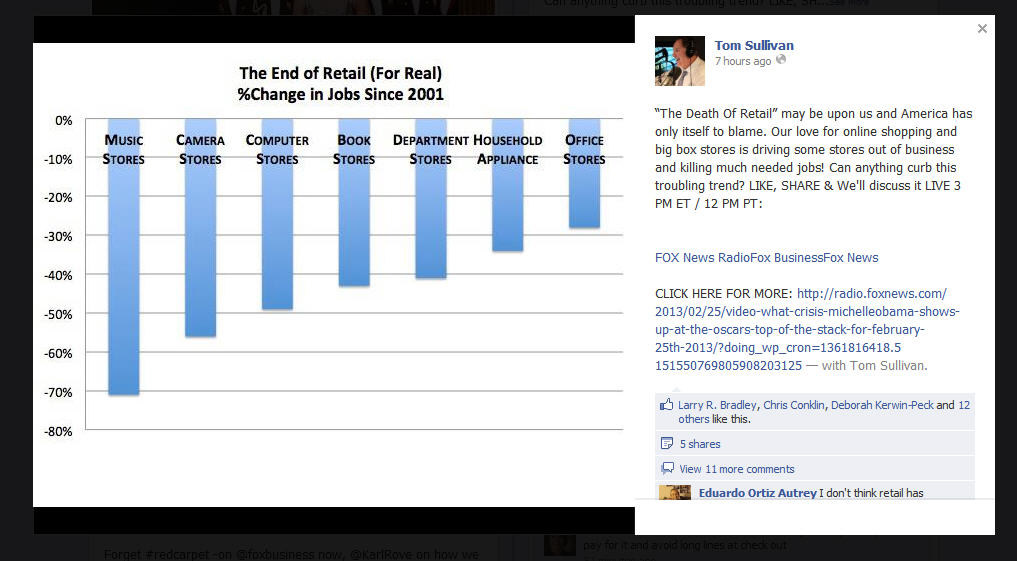 Daylight Saving Time (United States) 2013 begins at 2:00 AM on Sunday, March 10 and ends at 2:00 AM on Sunday, November 3
Daylight Saving Time (United States) 2013 begins at 2:00 AM on Sunday, March 10 and ends at 2:00 AM on Sunday, November 3
Does it not seem to you that DST seems to extend itself farther and farther every year?
To what end? And why?
First, a petition is circulating to kill DST or make it the new “now.” From HuffPo:
On March 10, Americans will set their clocks forward an hour in the biannual ritual known as Daylight Saving Time (DST). But the hour of reckoning could be close at hand for DST, if some online petitioners get their way, that is.
A petition seeking to eliminate DST (or make it the year-round standard) has surfaced on the White House’s “We the People” crowdsourcing platform. The document, which needs 100,000 signatures to prompt a response from the West Wing, urges President Obama to eliminate the “archaic practice” of adjusting clocks twice a year.
Daylight Saving Time was standardized in the U.S. by the 1966 Uniform Time Act, according to National Geographic. That act has since been amended several times, most recently by the Energy Policy Act of 2005, which extended DST by one month.
The “We the People” petition claims that, while some industries still support DST, studies have shown the change is a health risk, leads to a loss in productivity and is “really annoying.”
I don’t know about the health issues, but I gladly cast DST into the “really annoying” category. Because: we’re “saving daylight” for — what?
And one very interesting point I’d guess you’ve never realized:
Though participating areas of the country must switch their clocks on the same day, no federal law forces states to observe the time change, according to National Geographic. Arizona, for example, has not observed DST for decades.
Good for them, I say. Independent thinkers who can make their own decisions. Where are the other so-called “independent thinkers”?
Oh yes, that’s correct. Pandering to DC for cash. More Free Cheese.
The WashingtonCityPaper actually has a measured and logical view: get rid of DST.
For nearly 100 years, daylight saving time has been a pox on American sanity. It’s time for its long, dumb history to end.
Enough with changing our clocks (car, watch, bedside, kitchen); enough with the cutesy mnemonic devices (“spring forward—or backward?”); and enough with remembering things period (“is it this Saturday?”). Daylight saving time has been tried and tested all over the world for different reasons by many generations, and the only solid, incontrovertible fact to glean from this grand temporal experiment is that it’s a pain in the ass.
Yes!
Belief in DST’s energy-saving powers is often traced to a 1970s study from the Department of Transportation. A later review of that research by the National Bureau of Standards, however, found that the results were not significant. A more recent study by Yale professor Matthew Kotchen of energy consumption in Indiana (a state that formerly did not observe DST, and then observed it on a county-by-county basis) found that Indianans actually increased their energy use during daylight saving time by 2 percent: People might have turned on their lights less frequently, but they ran their air-conditioners more.
If the science behind DST’s supposed energy-saving powers is so inconclusive, why does this irritating pastime persist? Good question; let’s ask 7-Eleven. The convenience-store chain was the main source of funding behind a coalition supporting the extension of DST in 2005. Why? Because more sunlight in the summer meant more retail business. The National Golf Association also supported the extension, estimating that increased sunlight would increase golf revenues by $200 or $300 million, as detailed by Michael Downing in his 2005 book Spring Forward: The Annual Madness of Daylight Saving Time.
It’s stupid, it’s complicated, it yields much of nothing.
Time to become more simple and plain, I submit.
What say you?
BZ




